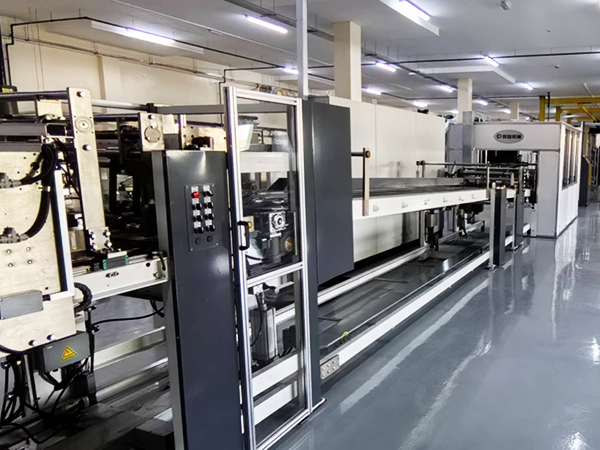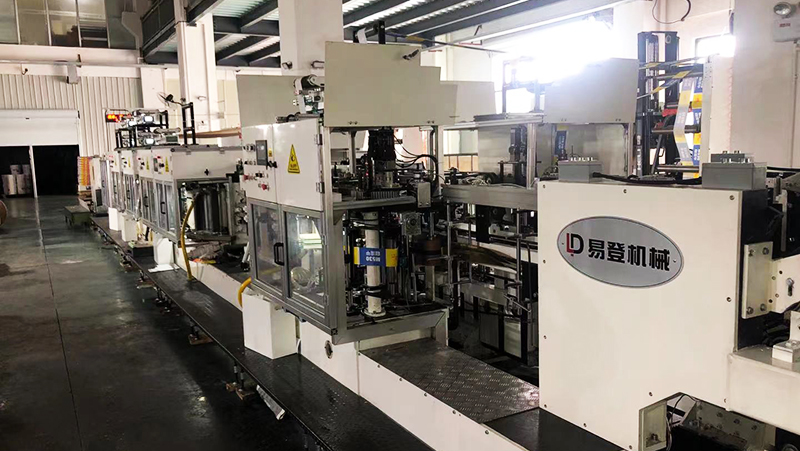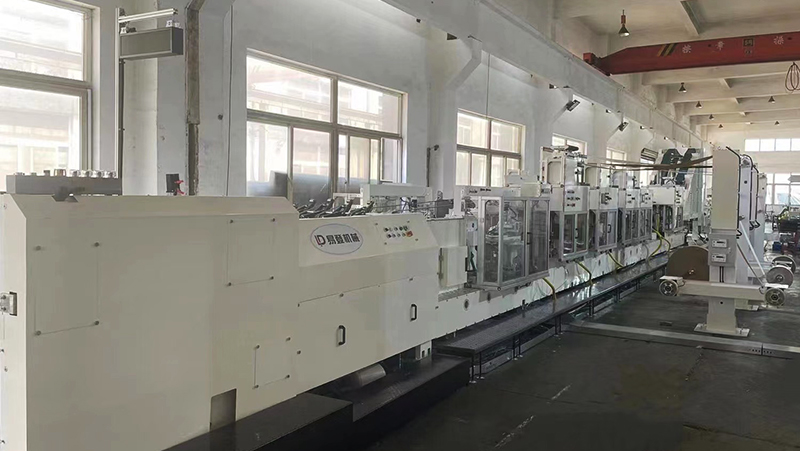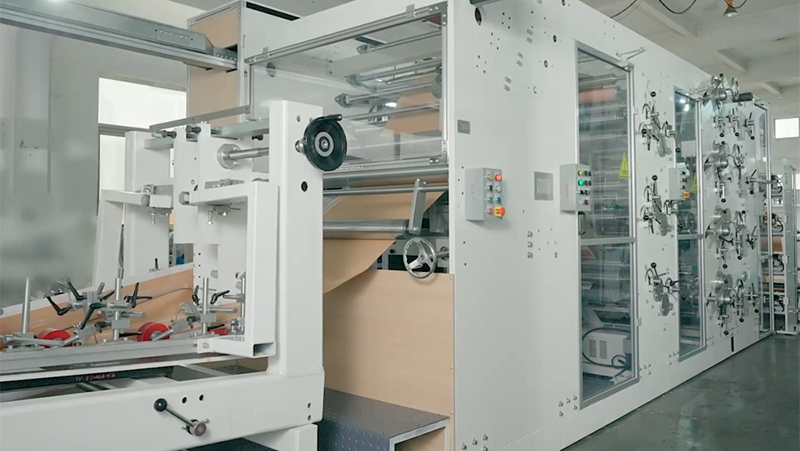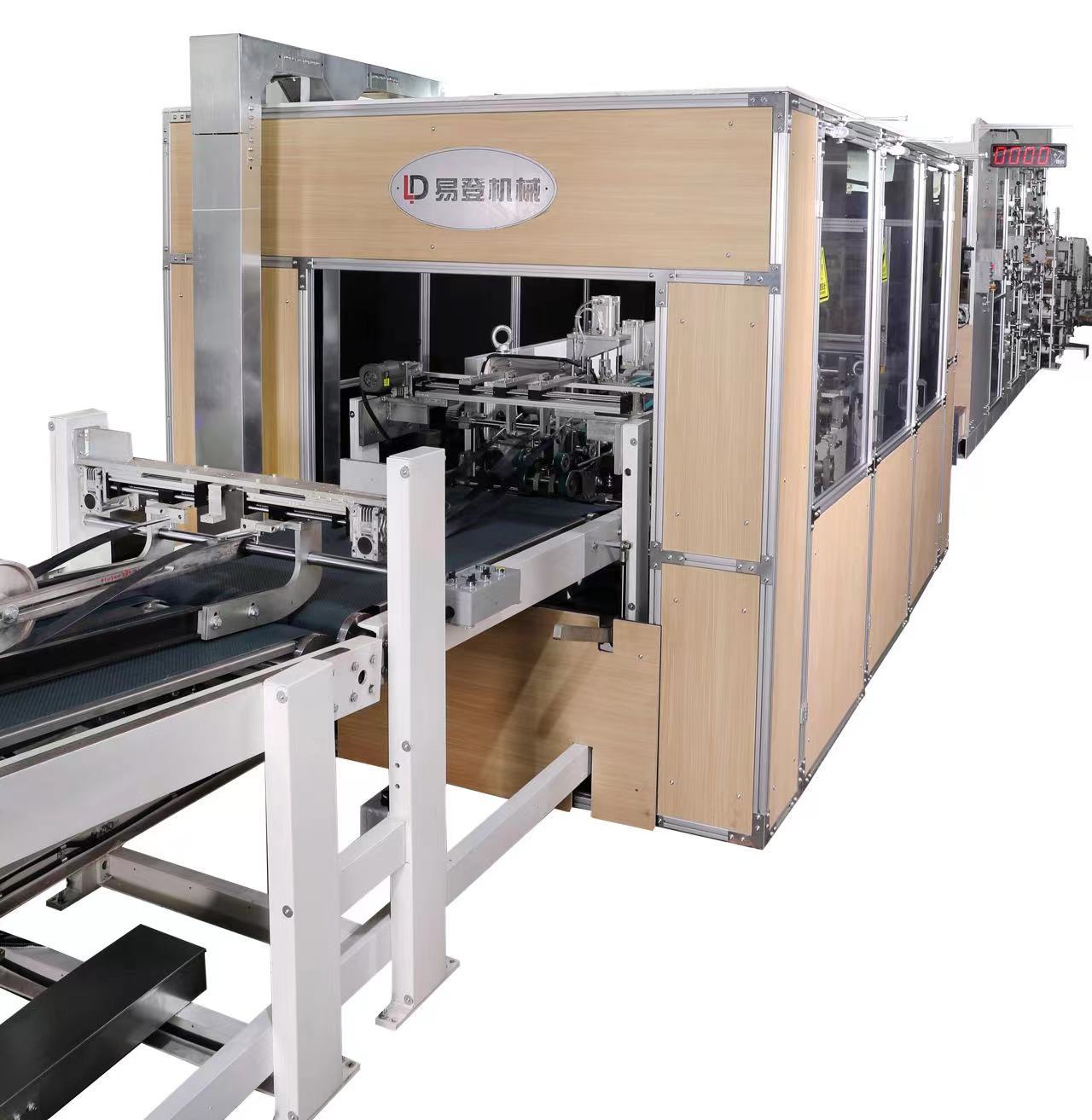A cement bag production line is a highly specialized system designed to automate and optimize the manufacturing of cement packaging. This critical infrastructure ensures precise weighing, filling, sealing, and palletizing of cement bags, meeting industry standards for durability, accuracy, and efficiency. Whether for large-scale construction projects or commercial distribution, modern cement bag lines integrate advanced technology to streamline operations while minimizing waste.
Key Components of a Cement Bag Production Line
- Automated Feeding Systems: These systems ensure a continuous supply of bulk cement to the packaging units, reducing manual intervention and maintaining consistent flow rates.
- Weighing and Filling Machines: Precision scales and fillers measure exact quantities of cement into bags, adhering to specified weight tolerances (e.g., 25kg or 50kg bags).
- Sewing or Sealing Units: Depending on bag type (woven polypropylene or paper), automated stitching or heat-sealing mechanisms securely close bags to prevent leaks.
- Conveying and Palletizing Systems: Conveyor belts transport filled bags to robotic palletizers, which stack them uniformly for storage or shipment.
- Quality Control Sensors: Integrated sensors detect defects, such as underfilled bags or improper seals, ensuring only compliant products proceed down the line.
Advantages of Modern Cement Bag Lines
- Enhanced Productivity: Automated workflows reduce downtime and increase output, often exceeding 2,000 bags per hour.
- Material Efficiency: Precision systems minimize spillage and overfilling, lowering raw material costs.
- Consistency and Durability: Uniform bag quality improves handling safety and reduces transport-related damage.
- Scalability: Modular designs allow customization for varying production volumes or bag specifications.
Applications and Industry Relevance
Cement bag production lines are indispensable in construction, infrastructure development, and industrial supply chains. They cater to manufacturers prioritizing speed, reliability, and compliance with environmental regulations. Innovations like eco-friendly bag materials and energy-efficient machinery further align these systems with global sustainability goals.
Future Trends
Emerging technologies, such as AI-driven predictive maintenance and IoT-enabled monitoring, are transforming cement bag lines into smart manufacturing hubs. These advancements promise reduced operational costs, real-time diagnostics, and adaptive production planning.
Investing in a state-of-the-art cement bag production line is pivotal for businesses aiming to dominate competitive markets. By combining automation, precision, and scalability, these systems not only elevate operational efficiency but also ensure compliance with evolving industry standards. For manufacturers, understanding the components, benefits, and innovations in cement bag lines is key to achieving long-term success in the packaging sector.


